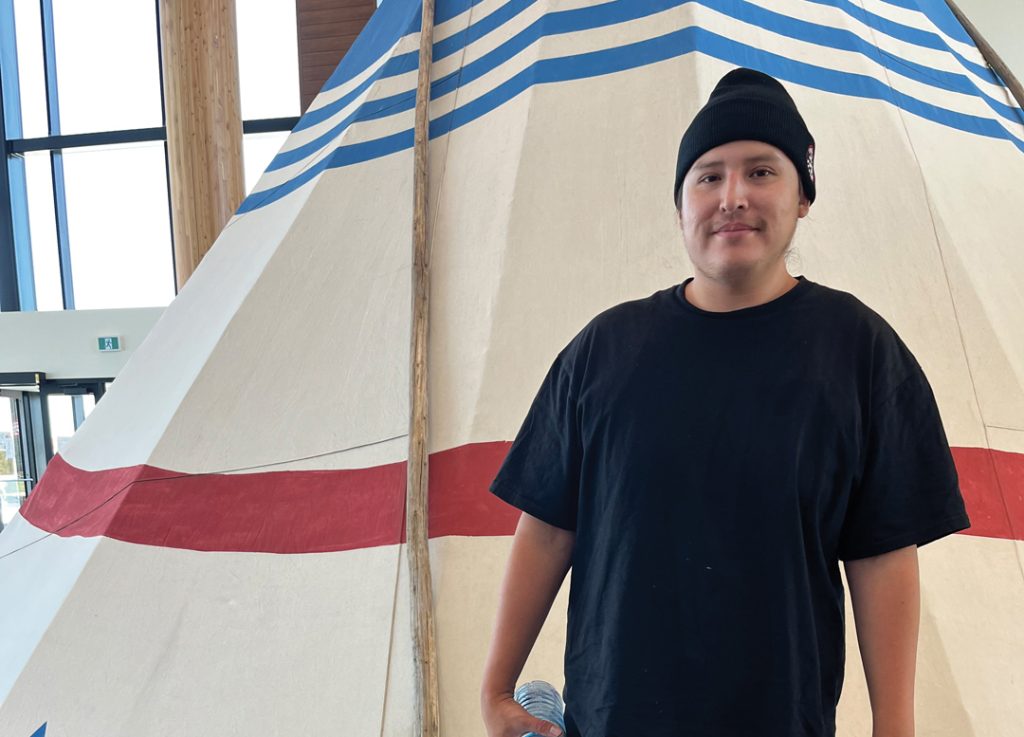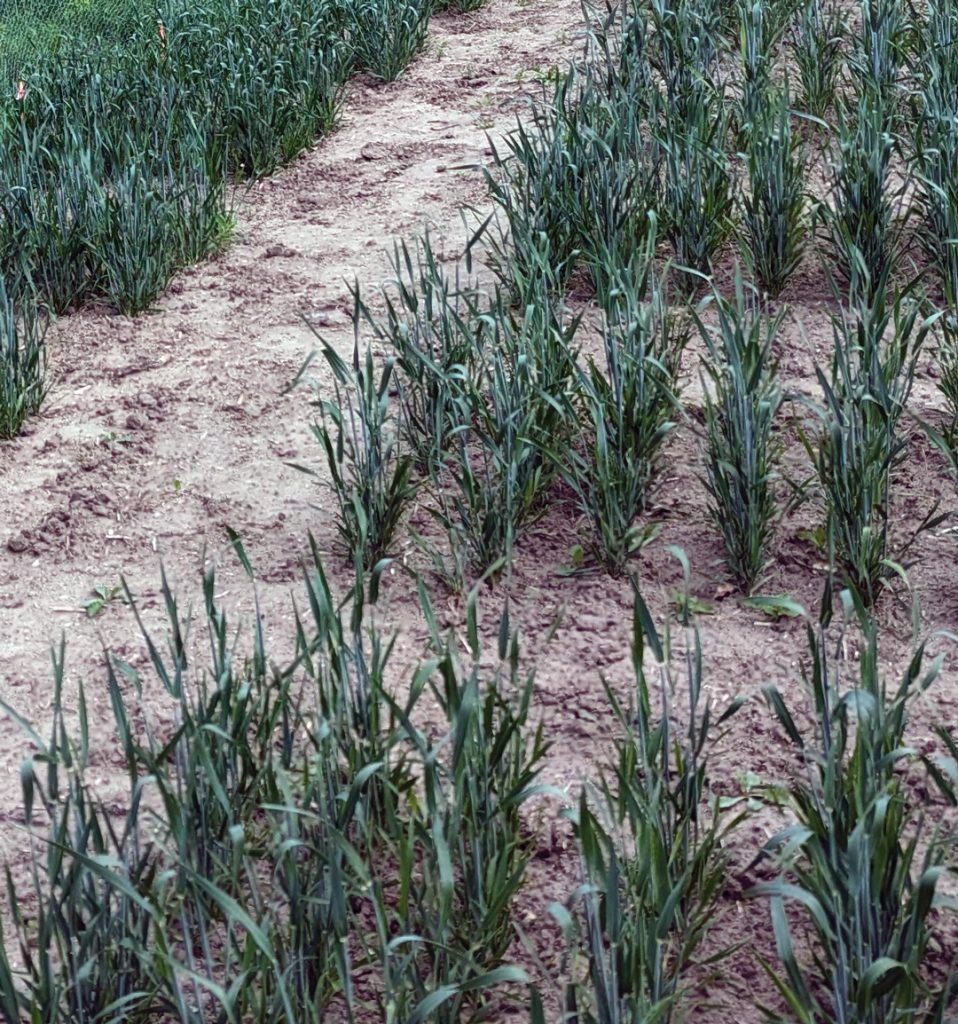INVASIVE SPECIES
An assessment it conducted in 2024 estimated invasive species cost Alberta an enormous $2.1 billion annually. The tally was based on an economic assessment completed 20 years prior and adjusted for inflation along with the increased abundance and diversity of invasive species in Alberta.













